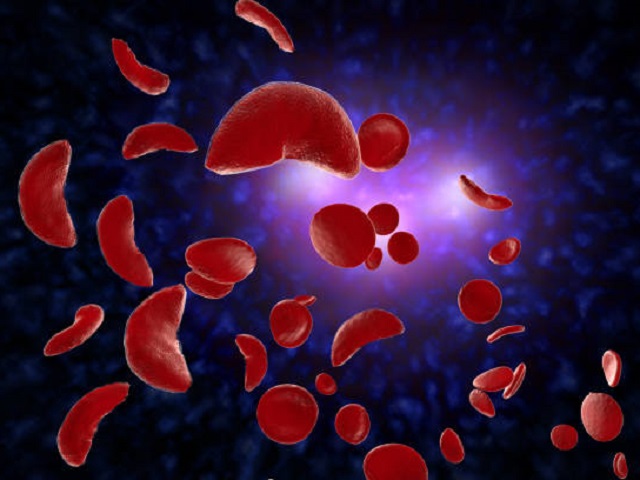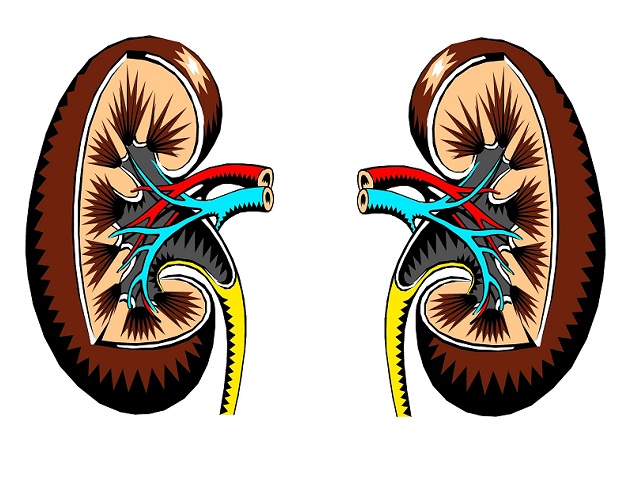7 Signs You May Have Sickle cell anemia -- Symptoms, Causes, Effects, Treatment and Prevention
Sickle cell anemia is an inherited blood disorder characterized by the presence of abnormal hemoglobin, which causes red blood cells to take on a sickle shape. This abnormal shape leads to various complications and health problems.
Symptoms of Sickle Cell Anemia
The symptoms of sickle cell anemia can vary from person to person and can range from mild to severe. Common symptoms and complications include:
- Pain crises: Episodes of severe pain, known as sickle cell crisis, typically affecting the bones, joints, abdomen, or chest.
- Anemia: Sickle cell anemia causes chronic anemia, leading to fatigue, weakness, and pale skin.
- Jaundice: The breakdown of red blood cells releases a substance called bilirubin, causing yellowing of the skin and eyes.
- Organ damage: Sickle cells can block blood flow to organs, leading to damage and increased risk of infections, stroke, and acute chest syndrome.
- Delayed growth and development: Sickle cell anemia can affect growth and development in children.
- Vision problems: Blood vessels in the eyes can become blocked, resulting in vision problems and even blindness.
- Leg ulcers: Sickle cell anemia increases the risk of developing leg ulcers, particularly in individuals with prolonged periods of reduced blood flow.
Causes of Sickle Cell Anemia
Sickle cell anemia is caused by an inherited mutation in the gene responsible for producing hemoglobin. The mutated gene leads to the production of abnormal hemoglobin, known as hemoglobin S. Sickle cell anemia is an autosomal recessive disorder, meaning that both parents must pass on the mutated gene for a child to develop the condition.
Effects of Sickle Cell Anemia
Sickle cell anemia can have various effects on an individual's health and quality of life, including:
- Recurrent pain: Painful episodes can significantly impact daily activities, school, and work.
- Organ damage: Chronic blockage of blood vessels can lead to damage to the lungs, kidneys, liver, and other organs.
- Increased susceptibility to infections: Sickle cell anemia weakens the immune system, making individuals more prone to infections.
- Delayed growth and development: In children, the condition can affect growth, delayed puberty, and cognitive development.
- Vision loss: The blockage of blood vessels in the eyes can result in vision problems and, in severe cases, blindness.
- Emotional and psychological impact: The chronic nature of the condition and its associated complications can cause emotional stress, anxiety, and depression.
Treatment of Sickle Cell Anemia
The treatment of sickle cell anemia aims to manage symptoms, prevent complications, and improve quality of life. Treatment options include:
- Medications: Prescribed medications can help manage pain, prevent infections, reduce complications, and increase the production of healthy red blood cells.
- Blood transfusions: In some cases, regular blood transfusions may be necessary to improve oxygen supply and reduce complications.
- Hydroxyurea: This medication can stimulate the production of fetal hemoglobin, which helps prevent sickle cell crisis and reduce complications.
- Bone marrow transplant: In severe cases, a bone marrow transplant may be considered to replace the diseased bone marrow with healthy donor cells.
Prevention of Sickle Cell Anemia
As sickle cell anemia is an inherited condition, it cannot be prevented if both parents carry the sickle cell trait. However, certain measures can help manage the condition and prevent complications:
- Newborn screening: Early detection through newborn screening allows for early intervention and management of the condition.
- Vaccinations: Staying up to date with vaccinations, including those for pneumococcal infections and influenza, can help prevent infections.
- Genetic counseling: Individuals with a family history of sickle cell anemia can consider genetic counseling to understand their risk and make informed reproductive decisions.
Note: The information provided is for educational purposes and should not replace professional medical advice. It is always recommended to consult with a healthcare provider for accurate diagnosis and personalized guidance.
References:
Mayo Clinic. (2021). Sickle Cell Anemia. Retrieved from https://www.mayoclinic.org/diseases-conditions/sickle-cell-anemia/symptoms-causes/syc-20355876














